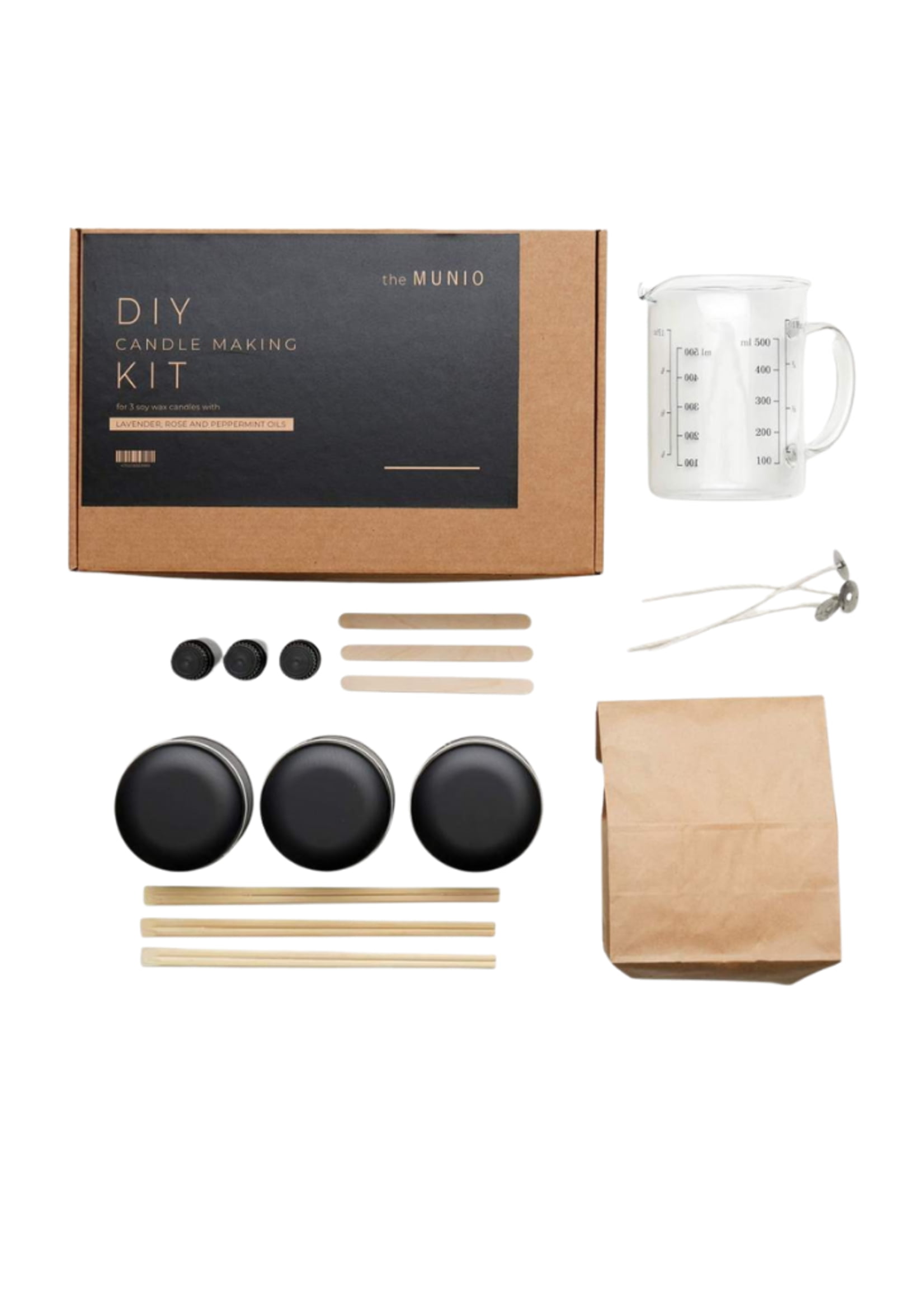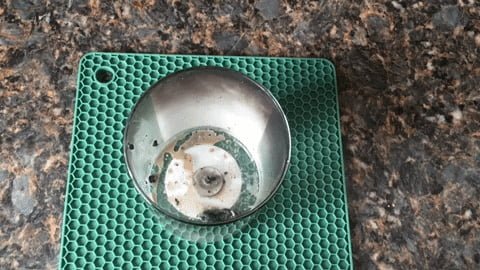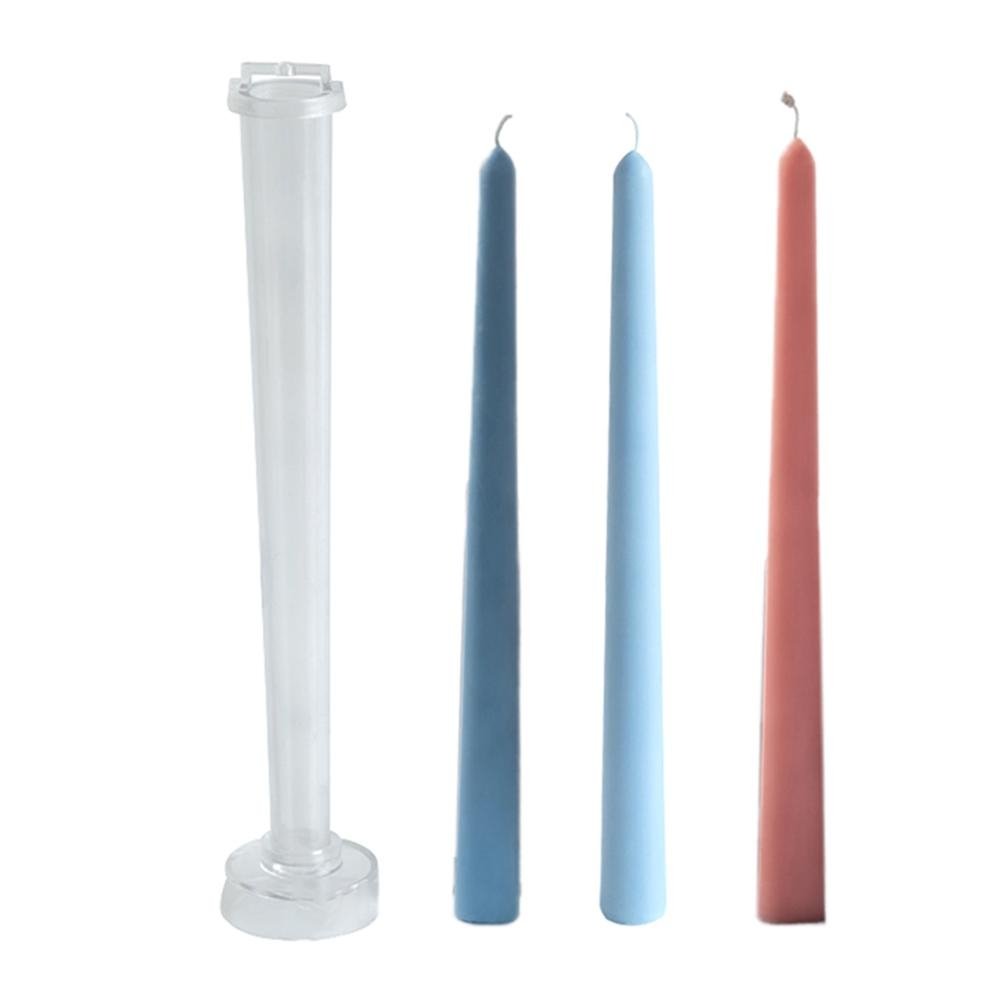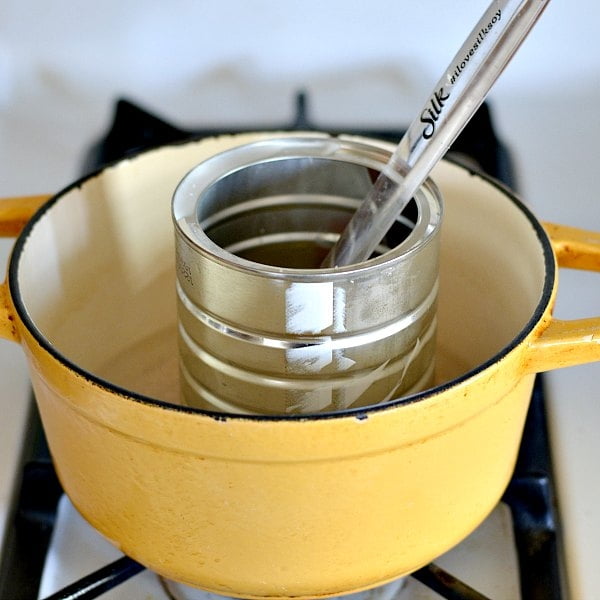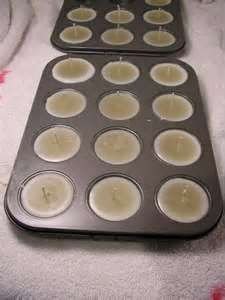Candle making is an art that requires careful attention to detail and a deep understanding of the different components that contribute to a successful end product. One crucial element that often goes overlooked but plays a significant role in candle performance is the wick. Choosing the right wick for your candle can make all the difference in its burn time, scent throw, and overall quality.
In this article, we will delve into the world of candle wicks, exploring the various types available and how they impact your final creation. We will also discuss important factors to consider when selecting a wick for your specific candle making project. Whether you are a beginner or an experienced chandler, understanding the importance of choosing the right wick will elevate your craft to new levels of excellence.
Are you familiar with cotton wicks? Join us as we explore their benefits in candle making and why they have remained a popular choice among artisans throughout history. Additionally, we will uncover the allure of wood wicks and why they have recently gained popularity in the industry.
Determining the ideal wick size for your candles can be a daunting task. Fear not, as we provide you with expert guidance on how to select the perfect fit for your creations. We will also shed light on essential aspects such as wick coatings and priming techniques that can significantly enhance your candles’ performance.
Finally, we will share with you top recommendations from experts in the field on which wicks reign supreme in terms of quality and performance. From testing and troubleshooting tips to ensuring optimal burn times, this article serves as a comprehensive guide for chandlers at all skill levels.
Get ready to take your candle making craft to new heights by unlocking the secrets behind choosing the best wick – because every great candle begins with an exceptional flame.
Understanding the Different Types of Candle Wicks
When it comes to candle making, understanding the different types of wicks available is crucial in order to achieve the desired burning performance and overall quality of your candles. There are several factors to consider when choosing the right wick for your candle making project, such as the type of wax used, the diameter of your container, and even personal preference.
One popular type of candle wick is the cotton wick. Cotton wicks are widely used because they are versatile and produce a clean burn. They are made from braided strands of cotton that have been treated with chemicals to enhance their performance. Cotton wicks come in various sizes and styles, such as flat braided or square braided, which can affect how the flame burns and how it interacts with different types of wax.
Another type of wick that has gained popularity in recent years is the wood wick. These unique wicks are made from wood fibers and provide a distinct crackling sound reminiscent of a cozy fireplace. Wood wicks offer a longer and wider flame compared to cotton wicks, resulting in a faster melt pool formation and better scent throw. They also require less trimming compared to cotton wicks.
In addition to these two main types, there are other specialty wicks available for specific candle making needs. For example, zinc core wicks are commonly used for large-diameter or deep container candles because they help maintain an upright flame. HTP (High-Temperature Paper) wicks are ideal for soy-based candles due to their ability to withstand higher melting points.
Overall, understanding the different types of candle wicks allows you to choose the best option for your specific needs and preferences. Experimenting with different types and sizes of wicks can greatly impact the burn quality, scent throw, and overall aesthetic appeal of your candles. So take some time to explore the wide range of options available and find the perfect match for your candle making projects.
Factors to Consider When Choosing the Best Wick for Your Candle Making Project
Choosing the right wick for your candle making project is crucial in achieving the desired burn and aesthetics of your candles. There are several factors to consider when selecting the best wick for your candles.
The first factor to consider is the diameter of your candle. The size of the wick should match the diameter of your candle as this will determine how much heat and fuel are released during burning. Using a wick that is too small can result in poor fragrance throw, tunneling, and incomplete wax pool formation.
On the other hand, using a wick that is too large can lead to excessive smoking, mushrooming, and uneven burning. It is recommended to consult wick size charts or conduct burn tests to determine the appropriate size for your specific candle diameter.
Another important factor to consider is the type of wax you are using. Different types of wax have different melting points and characteristics that affect how they burn. For example, soy wax burns at a lower temperature compared to paraffin wax.
Therefore, it is essential to choose a wick that suits the specific properties of your chosen wax. Manufacturers often provide recommendations on which type of wick works best with their wax, so be sure to refer to their guidelines for optimal results.
Additionally, you should also take into account any additional additives or fragrances you plan to include in your candles. Some fragrances or additives can affect the burn performance of the candles and may require a different type or size of wick. For instance, certain fragrances may require a larger flame or stronger heat output to disperse fragrance effectively. Be sure to thoroughly research and test different combinations before settling on the best wick choice for scented or specialty candles.
By considering these factors when choosing a wick for your candle making project, you can ensure that your candles burn evenly, without excessive smoking or tunneling, providing an optimal experience for you and your customers. Remember, conducting burn tests and consulting guidelines from wick manufacturers and wax suppliers are essential steps in achieving the best results.
Exploring the Benefits of Cotton Wicks in Candle Making
Cotton wicks are a popular choice for candle making due to their numerous benefits. Firstly, cotton wicks are known for their clean and even burn. They have a consistent flame that does not produce excessive soot or smoke, resulting in a cleaner burn and reducing the risk of indoor air pollution. This makes them a great option for those who prioritize health and safety in their candle making projects.
Additionally, cotton wicks offer excellent scent throw. They allow the fragrance oils used in candles to fully release into the air, creating a strong and long-lasting scent experience. This is especially important for scented candles as the aroma is one of the main factors that contribute to its appeal.
Furthermore, cotton wicks are easy to work with and maintain. They are flexible and can be trimmed easily to ensure optimal burning performance. Cotton wicks also require less maintenance during burning as they tend to self-trim, meaning they curl inward as they burn, preventing mushrooming or excessive carbon buildup.
To summarize the benefits:
– Clean and even burn.
– Minimal soot and smoke.
– Improved indoor air quality.
– Excellent scent throw.
– Easy trimming and maintenance.
The Allure of Wood Wicks
Wood wicks have gained significant popularity in the world of candle making, and for good reason. These unique wicks provide a distinct aesthetic and offer a variety of benefits that make them an attractive choice for candle makers. Here, we will explore the allure of wood wicks and why they are becoming increasingly popular in the industry.
One of the main reasons why wood wicks are beloved by candle enthusiasts is their mesmerizing crackling sound when lit. This soothing sound helps create a cozy and relaxing atmosphere, reminiscent of a fireplace. It adds an enchanting element to the candle experience, making it perfect for creating an ambience during moments of relaxation or meditation.
In addition to their auditory appeal, wood wicks offer several practical benefits. Firstly, they tend to burn slower than cotton wicks, which means your candles can last longer. The slow burn also creates a wider melt pool, allowing the fragrance to be released more evenly throughout the room. Furthermore, wood wicks generally produce less soot compared to cotton wicks, minimizing indoor air pollution and keeping your candles cleaner.
If you’re considering using wood wicks for your candle making project, it’s important to note that not all woods are created equal. Different types of wood will produce different crackling sounds and burn characteristics. Some popular choices include birch, cherrywood, maple, and cedar. Experimenting with different types of wood can add an extra layer of creativity to your candles.
To enhance the performance of your wood wick candles, it is essential to properly care for them. Trimming the charred portion before each use will help maintain a consistent flame height and prevent excessive mushrooming. It is also recommended to use a lighter specifically designed for lighting wood wicks or use matches instead.
Wooden wicks bring a sense of warmth and tranquility to any space they occupy while lending a touch of natural beauty to candle creations. As more candle makers discover their allure, wood wicks are becoming a popular choice for those looking to elevate their candle making craft.
Choosing the Ideal Wick Size for Your Candle
When it comes to candle making, choosing the right wick size is crucial for achieving optimal performance and ensuring a successful burn. The ideal wick size can vary depending on various factors, such as the type of wax used, the diameter of the container, and even the specific fragrance or color additives in the candle. In this section, we will explore how to determine the right fit for your candle by considering these important factors.
One of the key considerations in determining the ideal wick size is the diameter of your candle container. A wick that is too small may not produce enough heat to melt the wax evenly, resulting in a tunneling effect where only a small portion of the wax melts while leaving a significant amount around the edges.
On the other hand, a wick that is too large can cause an excessive amount of heat, resulting in a fast-burning candle with potential safety hazards.
To help determine the appropriate wick size for your candle container, there are several resources available. Many reputable candle making suppliers provide wick sizing guides or charts that match different container sizes with recommended wicks. These guides typically take into account factors such as wax type and diameter to provide an accurate recommendation. Additionally, conducting test burns using different wick sizes can also be helpful in finding the perfect fit.
Another factor to consider when choosing an ideal wick size is whether you intend to use any fragrance oils or dye additives in your candles. Some fragrances and dyes can impact how well a certain wick performs by affecting its burn rate. For example, fragrance oils with high concentrations of essential oils or vanilla content may require larger or differently coated wicks to achieve proper burn characteristics.
Overall, selecting the right wick size is essential for ensuring an efficient burning process and a long-lasting candle. By considering factors such as container diameter and any additional additives used in your candles, you can determine which wicks are best suited for your specific candle making project.
| Factors to Consider | Tips for Determining the Right Fit |
|---|---|
| Candle container diameter | – Consult wick sizing guides provided by suppliers – Conduct test burns with different wick sizes |
| Fragrance oils and dye additives | – Take into account how additives may affect burn rate – Use larger or differently coated wicks if necessary |
The Role of Wick Coatings and Priming in Candle Making
In the art of candle making, choosing the right wick is crucial for achieving the desired burn and ensuring a quality finished product. However, it is not only the type and size of wick that impacts performance but also how it is coated and primed. Understanding the role of wick coatings and priming can greatly enhance your candle making process.
The Importance of Wick Coatings
Wick coatings play a significant role in candle making as they help to improve burning efficiency, reduce smoking, and minimize mushrooming or carbon buildup. A properly coated wick helps to promote a clean and even burn throughout the life of the candle. It also aids in controlling flame height and preventing excessive soot formation.
There are various types of wick coatings available on the market, including mineral treatments, stearic acid coating, beeswax coatings, and more. Each coating has its own advantages and considerations. For example, mineral-treated wicks are known for their stability and cleaner burn while stearic acid-coated wicks provide rigidity for larger candles. It is important to experiment with different coatings to find the one that best suits your specific candle making needs.
Priming: The Preparatory Step
Before using a coated wick in candle making, priming is typically necessary to ensure optimal performance. Priming involves applying heat-resistant wax or liquid primer to the entire length of the wick before placing it in the mold or container. This process helps remove any air bubbles trapped within the fibers of the wick while simultaneously reinforcing its structure.
When priming your wicks, it is advisable to use a heat source such as a hairdryer or an oven set at a low temperature. Gently warm up the wax or primer until it becomes liquefied before dipping each end of your pre-cut lengths into it. Hold them upright, allowing excess wax/primer to drip away. Once the coated wicks have dried, they are ready for use in your candle making project.
Tips for Effective Usage
To achieve optimal results when working with coated and primed wicks, it is essential to follow a few tips for effective usage. Firstly, ensure that your wicks are trimmed to the appropriate length before priming. This will help prevent excessive smoking and flickering. Additionally, be cautious not to over-prime your wicks as this can lead to a larger-than-desired flame size.
Another important consideration is the proper placement of your coated and primed wick in your candle mold or container. It should be centered to allow for even burning without touching the sides. If necessary, you can use adhesive dots or hot glue to secure the base of the wick to the bottom of the container.
Testing and Troubleshooting
Once you have chosen the type and size of wick that you believe is best for your candle making project, it is crucial to test and troubleshoot the performance of the wick before finalizing your product. Testing and troubleshooting can help ensure that your candles burn evenly, produce a steady flame, and avoid any potential issues such as smoking or tunneling.
One of the main aspects to consider when testing your wick is burn time. Each wick has a specific recommended burn time, which refers to how long it should take for the wax to fully melt across the surface diameter of the container. This can be determined by conducting a burn test, where you light the candle and observe how long it takes for the melt pool to reach all edges of the container.
During this testing phase, it is important to also monitor other factors such as flame height and flickering. A consistently tall flame that remains stable indicates a well-performing wick. If you notice excessive flickering or an irregular flame height, it could be a sign that your wick is either too large or too small for your candle’s container size. Adjusting the wick size accordingly can help resolve these issues.
In addition to burn time and flame performance, be sure to examine the presence of smoke or soot during testing. A properly selected wick should not produce excessive smoke or soot while burning. If you notice any buildup on the sides of your jar or chimney-like darkening around your container, it may be an indication that you need to switch to a different type or size of wick.
By testing these various elements and troubleshooting any issues that arise during candle burning, you can ensure optimal performance from your chosen wicks. Remember that experimentation and adjustments may be necessary before finding the perfect combination of wick type and size for each specific candle-making project. Through careful testing and attention to detail, you can elevate the quality of your candles and provide customers with a reliable and enjoyable burning experience.
Expert Recommendations
When it comes to candle making, choosing the right wick is crucial for achieving a clean and consistent burn. With so many options available, it can be overwhelming to determine which wick is best suited for your specific project. To help you navigate through the wide selection of wicks, we have compiled a list of expert recommendations that are highly regarded in the candle making community.
Cotton Wicks
Cotton wicks are widely considered a staple in candle making due to their versatility and reliability. They are known for their clean burn and minimal smoking, making them suitable for various types of wax formulations. Cotton wicks are available in a range of sizes and styles, including flat braided, square braided, and round braided designs.
These wicks are particularly well-suited for container candles and perform exceptionally well with soy and beeswax blends. Some popular cotton wick choices include LX series wicks, CD series wicks, and ECO series wicks.
Wood Wicks
Wood wicks have gained popularity in recent years due to their unique aesthetic appeal and crackling sound reminiscent of a cozy fireplace. These wicks are typically made from sustainably sourced wood, such as cherry or birch, which adds an organic touch to your candles. Wood wicks are perfect for larger container candles or those with wider diameters.
They require special attention during the burning process, as they tend to create larger melt pools than cotton wicks. Popular wood wick options include Original Wood Wick series, Crackling Booster Wick series, and Ribbon Wood Wick series.
Paper Core Wicks
Paper core wicks offer a combination of stability and rigidity while still providing an efficient burn. The paper core within these braided cotton or square braid-style wicks helps to enhance the overall structural integrity, preventing excessive mushrooming and soot. These wicks are commonly used in pillar candles and are compatible with wax blends that require a hotter burn temperature. Popular choices for paper core wicks include HTP series wicks, Performa series wicks, and RRD series wicks.
Choosing the right wick for your candle making project is a crucial step in ensuring optimal performance and customer satisfaction. It is always recommended to conduct small-scale tests before committing to a specific wick size or style, as various factors such as wax type, container size, and fragrance load can affect burning characteristics. Ultimately, finding the perfect wick involves experimentation and taking into account personal preferences along with expert recommendations.
Conclusion
In conclusion, choosing the right wick is essential for achieving the best results in candle making. By understanding the different types of candle wicks available and considering important factors, such as the type of wax used and desired burn time, you can select a wick that will enhance your candles.
Cotton wicks are a popular choice in candle making due to their clean and consistent burn. They offer a steady flame and minimal smoke, making them ideal for creating high-quality candles. On the other hand, wood wicks have gained popularity for their unique crackling sound and rustic charm. They provide an alluring ambiance while still ensuring an even melt pool.
Determining the ideal wick size is crucial to achieve optimal burning performance. A wick that is too small may create tunneling, while a wick that is too large could result in excessive flame size or soot buildup. Properly coating or priming your wick before use also plays a significant role in achieving a clean burn outcome.
Additionally, it is important to test and troubleshoot your chosen wick to ensure its performance meets your expectations. Conducting burn tests with different variables, such as wax type or fragrance load, can help identify any potential issues or adjustments needed.
In summary, selecting the perfect wick for your candle making projects can elevate your craft by providing optimal burning performance and enhancing the overall aesthetic appeal of your candles. With careful consideration of factors like type of wax, desired burn time, and personal preferences for sound and appearance, you can find the best wick to bring your creations to life. So go ahead and experiment with different options until you find the perfect match for your candle making ventures.

Welcome to my candle making blog! In this blog, I will be sharing my tips and tricks for making candles. I will also be sharing some of my favorite recipes.

